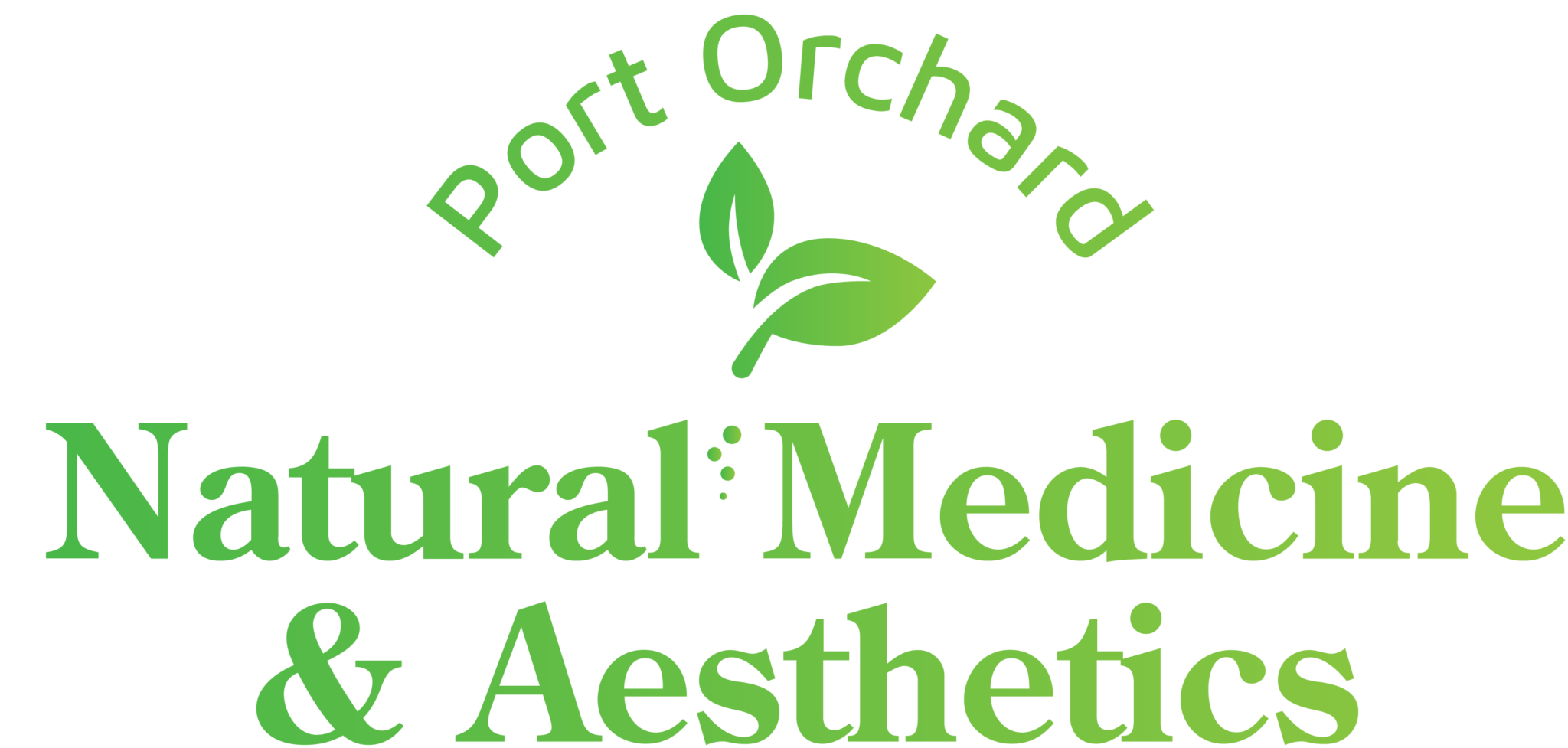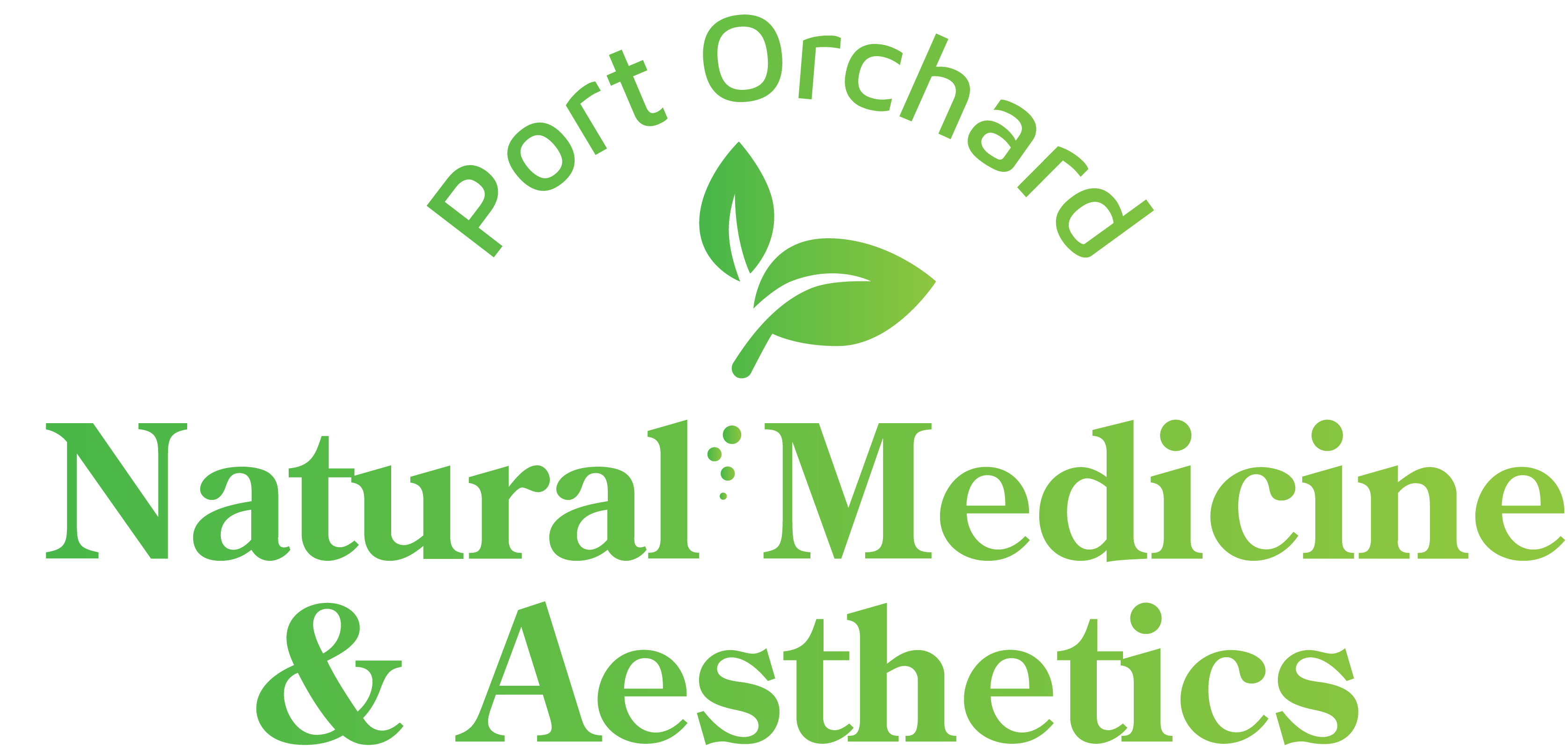In recent years, Testosterone Replacement Therapy has drawn a lot of interest as a viable treatment for men with low testosterone levels. Although this hormone treatment has several advantages, it’s important to comprehend the dangers and other pertinent information before considering it. Explore the complexities of TRT in this comprehensive article to help you decide what’s best for your health.
Table of Contents
What is Low-T
Low-T, often known as low testosterone, is the result of the male body producing too little of the hormone causing a testosterone deficiency. Although this might fluctuate, it is defined as total testosterone concentrations < 300-350 ng/dL. Fatigue, a drop in libido, erectile dysfunction, a loss of muscle mass, an increase in body fat, mood changes, and a drop in bone density are other symptoms. Age-related low testosterone levels are a normal part of life, however in younger men, some diseases can cause unusually low levels.
Do You Have Testosterone Deficiency?
Consult a healthcare provider who can examine your symptoms and a complete blood count to establish whether you have low-T. Finding and treating hormonal abnormalities depend on being able to characterize low testosterone.
If you have symptoms, studying testosterone hormone therapy and its advantages, disadvantages, and factors might be very helpful.
Causes of Low Testosterone
Age, some drugs, chronic diseases, hypogonadism, obesity, hormonal problems, testicular injury or disease, and other medical issues can all contribute to low testosterone, often known as Low-T.
Symptoms of Low Testosterone
Fatigue, decreased energy, loss in muscle mass, increased body fat, decreased bone density, changes in sexual function (such as decreased libido and erectile dysfunction), mood swings, irritability, depression, decreased motivation, and problems with concentration and memory are all signs of testosterone deficiency.
Other symptoms include mood swings, irritability, and depression. It is essential to recognize these signs to get medical help. Blood tests can be used to determine hormone levels, so speak with a medical expert to get a precise diagnosis.
For early detection and appropriate care, it is essential to comprehend the causes and symptoms of Low-T. The advantages, dangers, and factors related to testosterone TRT will be discussed in the sections that follow.
What is Testosterone Replacement Therapy?
A medical procedure called testosterone replacement therapy involves giving people with low hormone levels more testosterone. It seeks to reduce the symptoms of Low-T, or low testosterone. TRT can be applied using pellets that are implanted, gels, patches, or injections. The maintenance of ideal hormone levels is ensured by careful monitoring.
TRT is not advised for persons who have normal testosterone levels or want to improve their performance. Improved energy, muscular mass, libido, mood, cognitive function, and bone density are all advantages of TRT.
However, certain side effects and hazards including fluid retention, acne, obstructive sleep apnea, reduced sperm production, and cardiovascular problems should be considered. Assessing the need for TRT, balancing benefits and risks, and developing a customized treatment plan all require skilled medical advice as per the result of your blood test.
Benefits of Testosterone Replacement Therapy
There are several potential advantages to testosterone replacement therapy for people with low testosterone levels. The following are some of the main advantages of TRT:
Mood Stabilizing
Low testosterone levels have been linked to sadness, irritability, and mood changes. A higher quality of life may result from testosterone replacement therapy’s ability to aid with mood stability and general well-being.
Increased Energy Levels
Low testosterone levels are commonly characterized by fatigue and diminished energy. TRT can enhance energy levels and help people feel more alert and productive throughout the day by restoring testosterone levels.
Healthy Sex Drive
A healthy libido is primarily dependent on testosterone. TRT improved male sexual function. It can increase erectile function and sexual drive, assisting people in regaining their sexual confidence and satisfaction. Testosterone is a vital male sex hormone essential for the normal sexual function of healthy men.
Improved Bone Density
To maintain bone density, testosterone is crucial. Osteoporosis risk and reduced bone density can both be impacted by low testosterone levels. TRT could contribute to an increase in bone mineral density, lowering the risk of fractures and enhancing general bone health.
Increase Muscle Mass
Testosterone is required for muscle growth and maintenance. People with low testosterone frequently have smaller muscles, less muscle mass, and less power. TRT is advantageous for people looking to improve physical performance or prevent muscle loss as they age since it can assist encourage muscle development and increase muscular strength.
Insulin Sensitivity
Low testosterone levels may result in insulin resistance and a higher risk of developing type 2 diabetes because testosterone affects insulin sensitivity. TRT has demonstrated promise in enhancing glycemic management and insulin sensitivity, which may be advantageous for those with diabetes or insulin resistance.
It’s crucial to remember that not everyone will experience the same level of improvement from TRT, and the precise advantages might change based on personal circumstances. A healthcare practitioner should be consulted to analyze each patient’s needs, weigh the possible advantages, and decide whether TRT is appropriate.
Treatment Options For Testosterone Replacement
For testosterone replacement therapy, there are various choices, each with a unique administration strategy. An overview of the typical TRT treatment choices is provided below:
Injectable
One of the most often utilized types of TRT is injectable testosterone. Intramuscular injections of testosterone are frequently given every one to two weeks. With this technique, testosterone can slowly enter the circulation over time.
Topical
Topical testosterone is given to the skin regularly in the form of topical gels or creams. The bloodstream receives the testosterone once it is absorbed via the skin. Topical gel therapies are flexible and convenient since they are simple to use at home.
Testosterone Implants
Testosterone implants, also known as pellets, are tiny cylindrical pellets that are inserted beneath the skin, generally in the buttocks. Over several months, the pellets gradually release testosterone into the body, supplying an ongoing and reliable supply.
Oral Testosterone
Tablets of oral testosterone are readily accessible. However, because of worries regarding liver damage and variable absorption, it is not frequently used for TRT. Healthcare experts seldom advise using oral testosterone.
Intranasal
A nasal gel or spray is used to deliver intranasal testosterone through the nostrils. It enables absorption through the nasal mucosa and offers those who choose non-invasive means of administration a practical substitute.
Risks of Testosterone Therapy
Male Breast Cancer
There is an increased risk associated with male breast cancer along with testosterone replacement therapy that needs to be considered.
Sleep Apnea
Testosterone replacement therapy has the potential to exacerbate pre-existing sleep apnea. It’s crucial to keep an eye on sleep habits and seek medical advice if any obstructive sleep apnea symptoms.
Acne or Other Skin Reactions
TRT might make the skin produce more oil, which can result in outbreaks. Topical therapies can cause skin rashes or allergic responses in some people just where they apply them.
Cardiovascular Risks
Studies on the potential cardiovascular dangers of Testosterone Replacement Therapy are still being conducted. According to certain research, there may be a higher risk of heart-related conditions such as heart attacks and strokes. Before beginning TRT, it is crucial to discuss cardiovascular health with a medical practitioner.
Benign Prostatic Hyperplasia (BPH) & Prostate Cancer Risk
TRT may result in BPH, an enlargement of the prostate gland that can cause symptoms relating to the urinary system. Theoretically, Testosterone Therapy can encourage the spread of prostate cancer that already exists. When receiving Testosterone Therapy, proper screening and ongoing monitoring of prostate cancer development is essential.
Before choosing Testosterone Therapy, it is crucial to comprehend and go through these risks with a medical practitioner who specializes in hormone treatment. Making an educated decision about receiving testosterone replacement treatment requires weighing the potential advantages against the specific dangers
Side Effects of Testosterone Treatment
Although not everyone encounters the side effects of testosterone replacement therapy (TRT), it can have a variety of them. The following are some typical TRT adverse effects:
Fluid Retention
Testosterone treatment may result in fluid retention, which can cause ankle or foot edema.
Acne
Higher testosterone levels have been linked to an increase in oil production and acne outbreaks.
Testicular Shrinkage
Testosterone Therapy has the potential to reduce the synthesis of natural testosterone, which might cause testicular shrinkage. After stopping Testosterone treatment, this effect is typically reversible.
Mood Changes
While Testosterone treatment can improve mood in men with low testosterone, some may experience mood swings, impatience, or increased aggression.
Hair Loss
In people who are susceptible to male pattern baldness, TRT might hasten hair loss.
Prostate Issues
TRT may promote prostate gland development, which might exacerbate the signs and symptoms of benign prostatic hyperplasia (BPH).
Increased Risk of Blood Clots
Some data suggest Testosterone Therapy may be associated with heart disease and an increased risk of blood clots such as deep vein thrombosis.
Alternatives for Testosterone Therapy
Living a healthier lifestyle, making dietary changes, taking herbal supplements, managing stress, and using drugs to treat underlying issues are all alternatives to testosterone replacement therapy (TRT), which is used to treat low testosterone levels. A healthy lifestyle that includes consistent exercise, managing weight, and getting enough sleep can have a good effect on testosterone levels.
Consuming meals high in zinc, vitamin D, and healthy fats may help the body produce testosterone naturally. It may be advised to take medications for underlying conditions like hypogonadotropic hypogonadism or thyroid abnormalities.
Traditional medicine uses herbal medicines like Tribulus Terrestris or ashwagandha, although there is less scientific support for these claims. Counseling or stress management approaches might also be beneficial. For individualized guidance considering specific circumstances and any underlying illnesses, speaking with a healthcare expert is essential. They can offer advice on which alternative treatment strategy is most appropriate.
Book Your Consultation With Port Orchard Today!
Men with low testosterone levels might benefit greatly from testosterone replacement therapy (TRT).
It can raise mood, vigor, sex desire, muscular mass, bone density, and insulin sensitivity. However, it’s crucial to be aware of any possible side effects of TRT, such as sleep apnea, acne, cardiovascular risks, and issues with the prostate.
Consult a healthcare expert to assess your specific needs and risks if you’re thinking about TRT or looking for alternate solutions. They can point you in the direction of the best course of action for your condition.
Contact Port Orchard Natural Medicine & Aesthetics, where skilled practitioners can offer professional guidance and assistance, for complete and individualized natural medicine solutions.
Consider taking proactive measures to improve your hormone health and general well-being.

